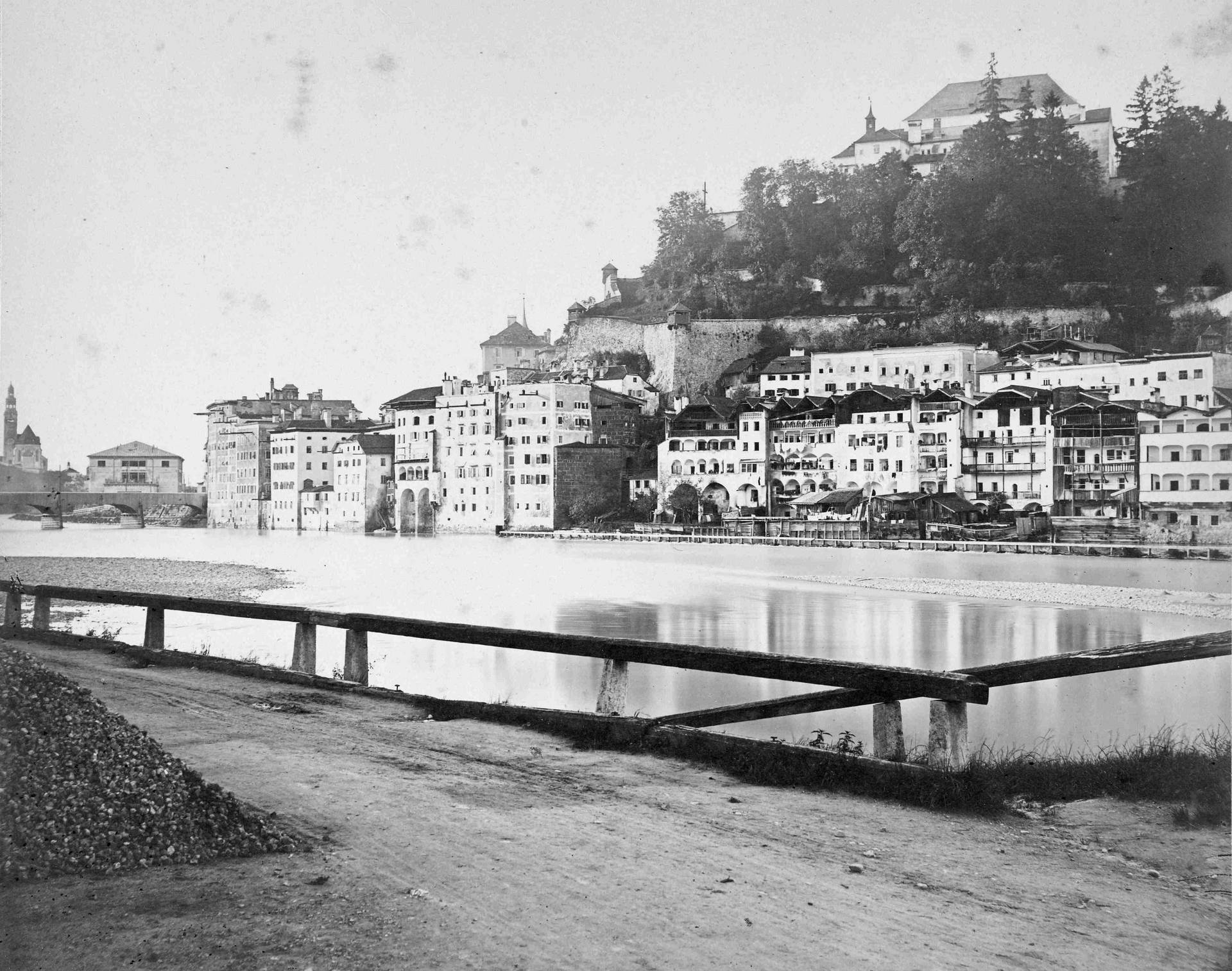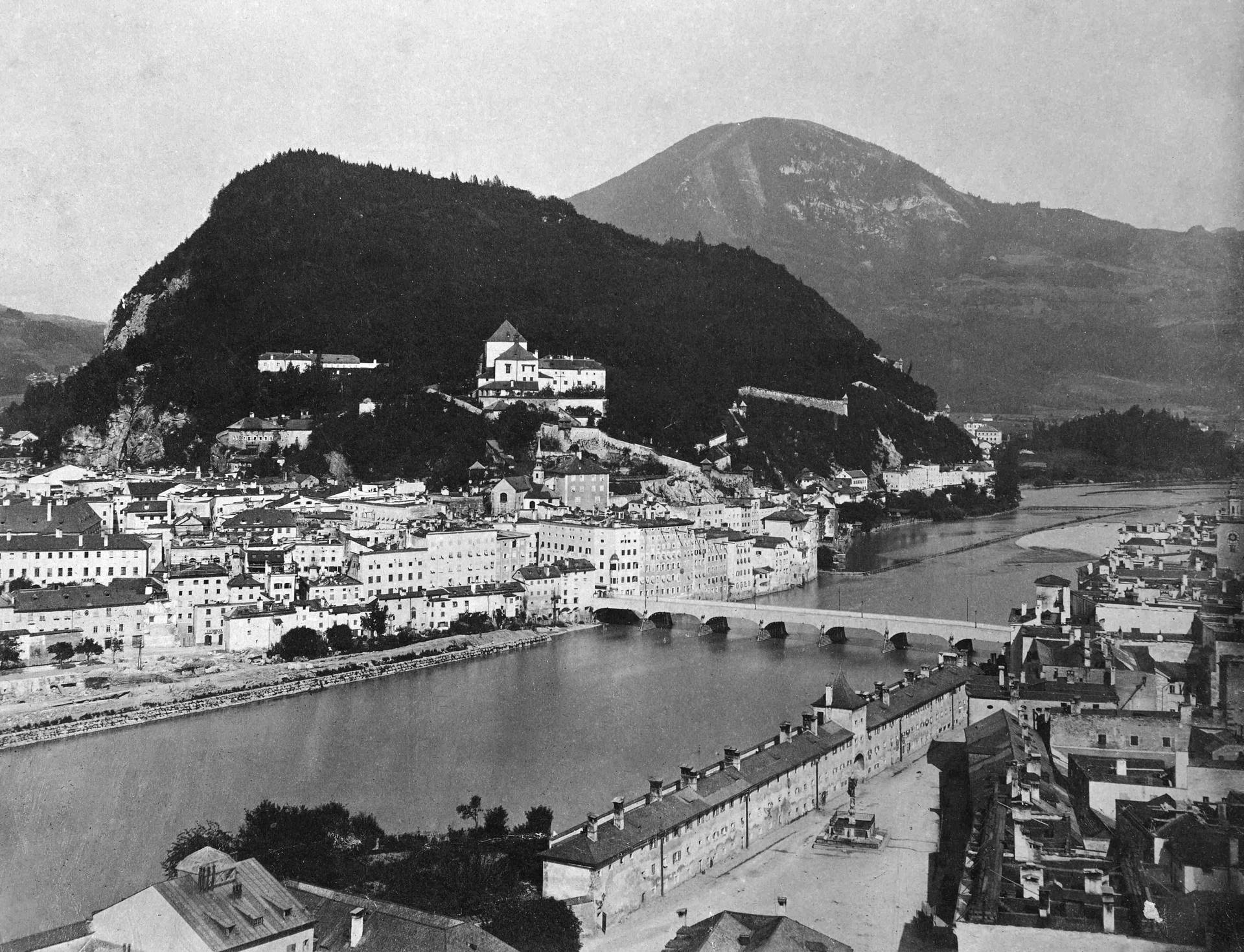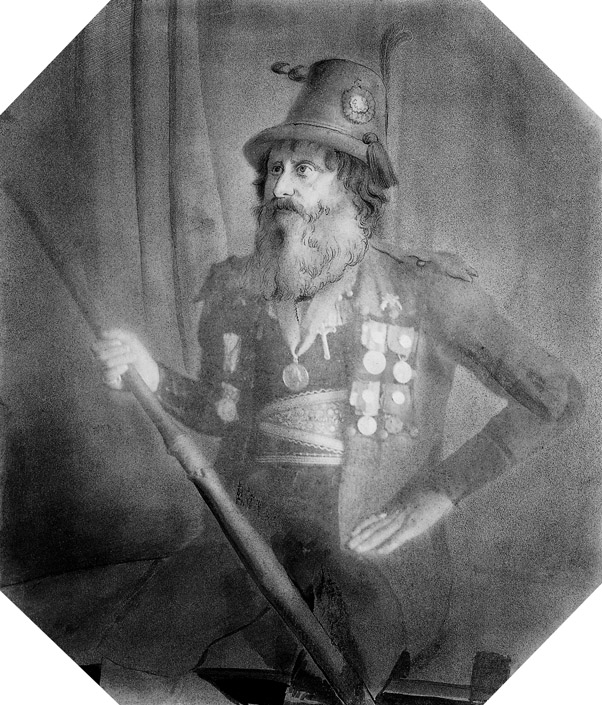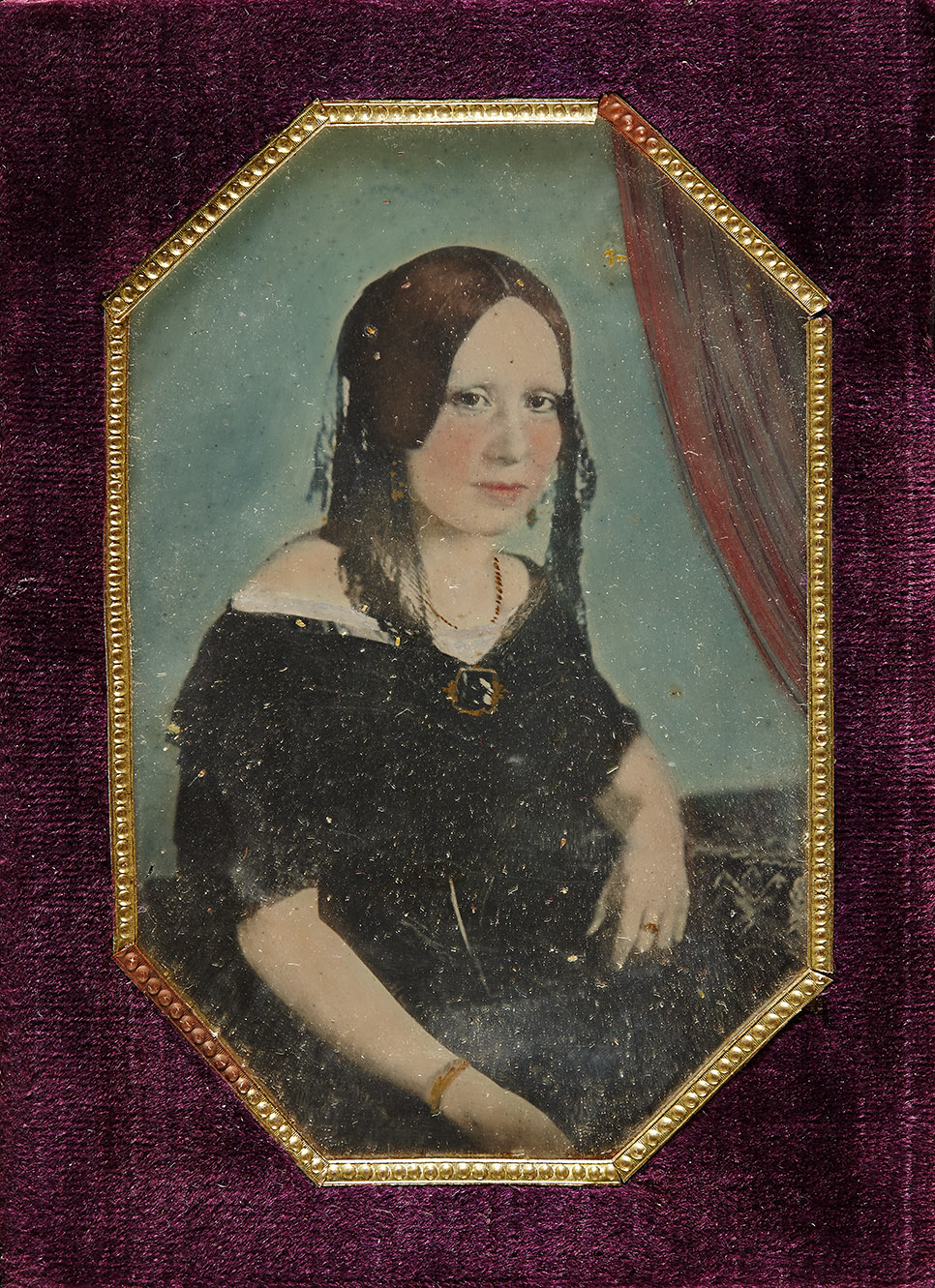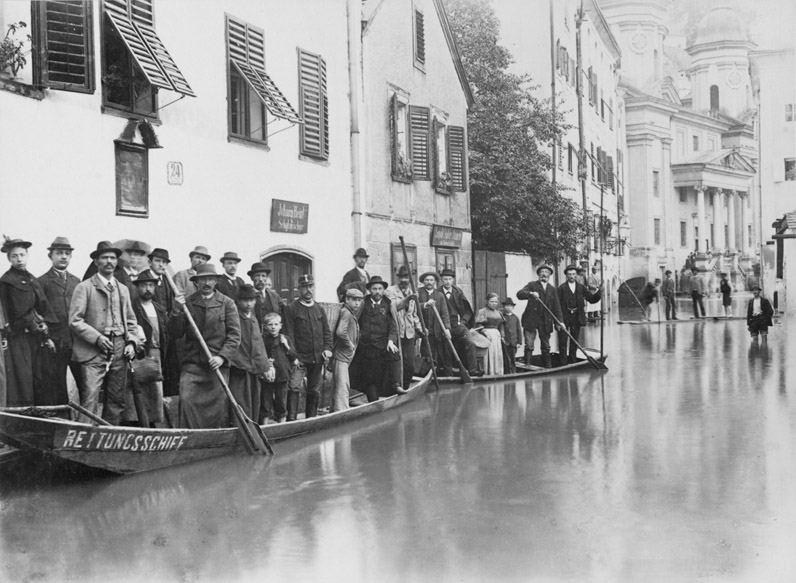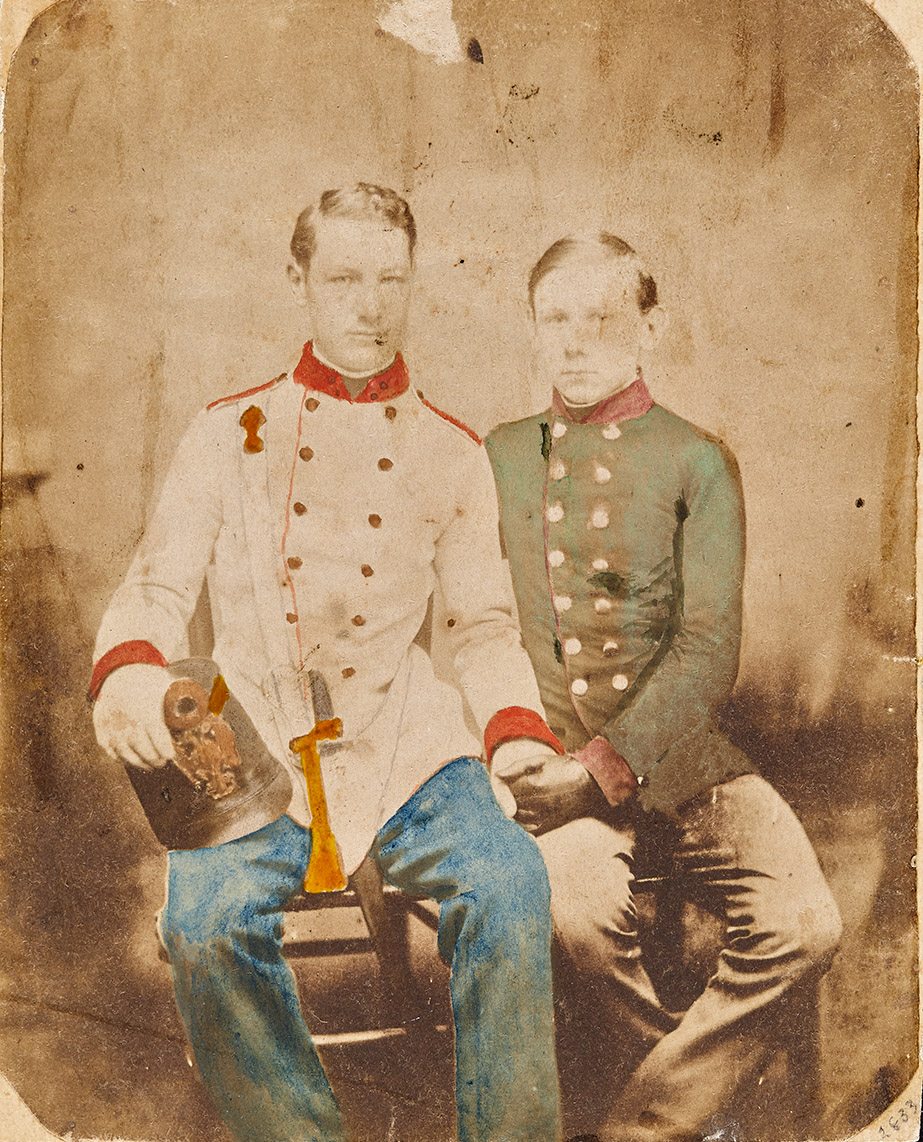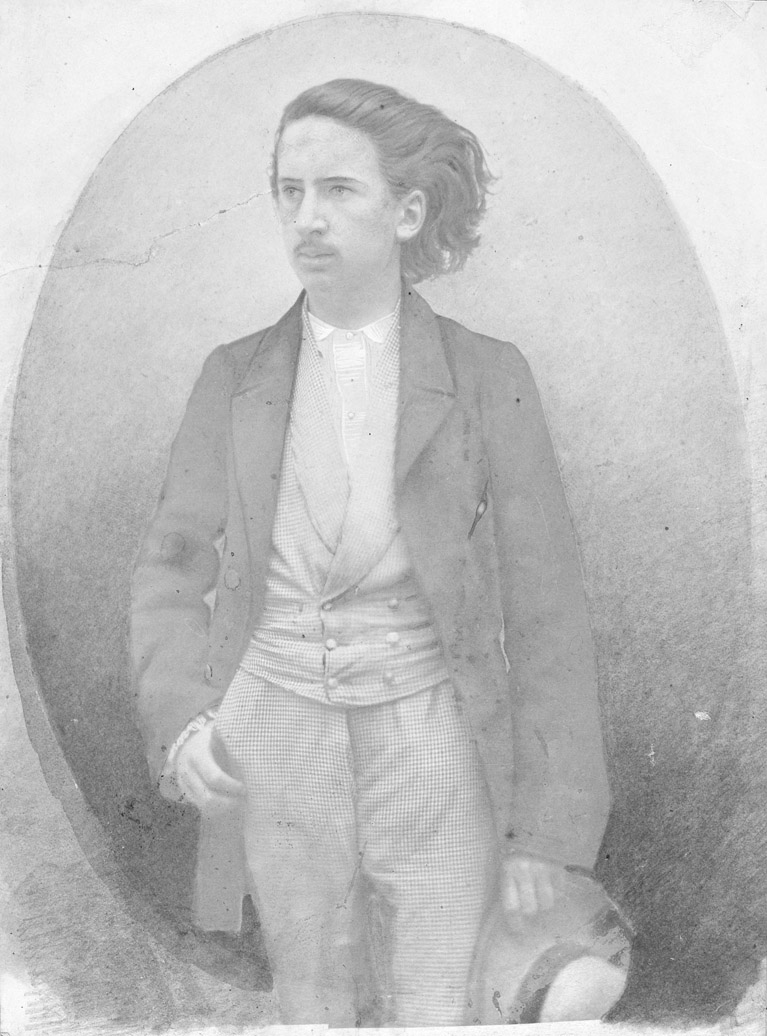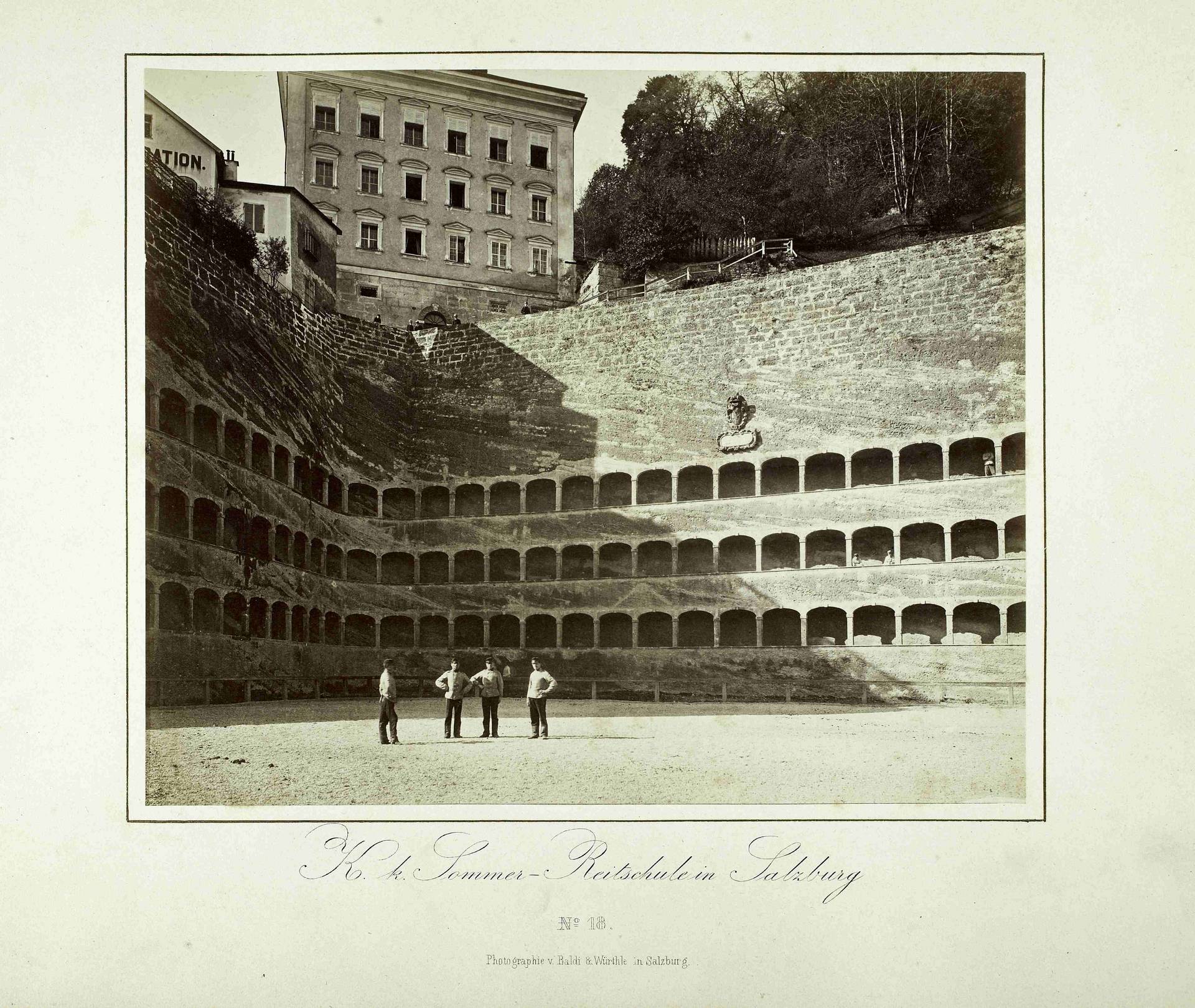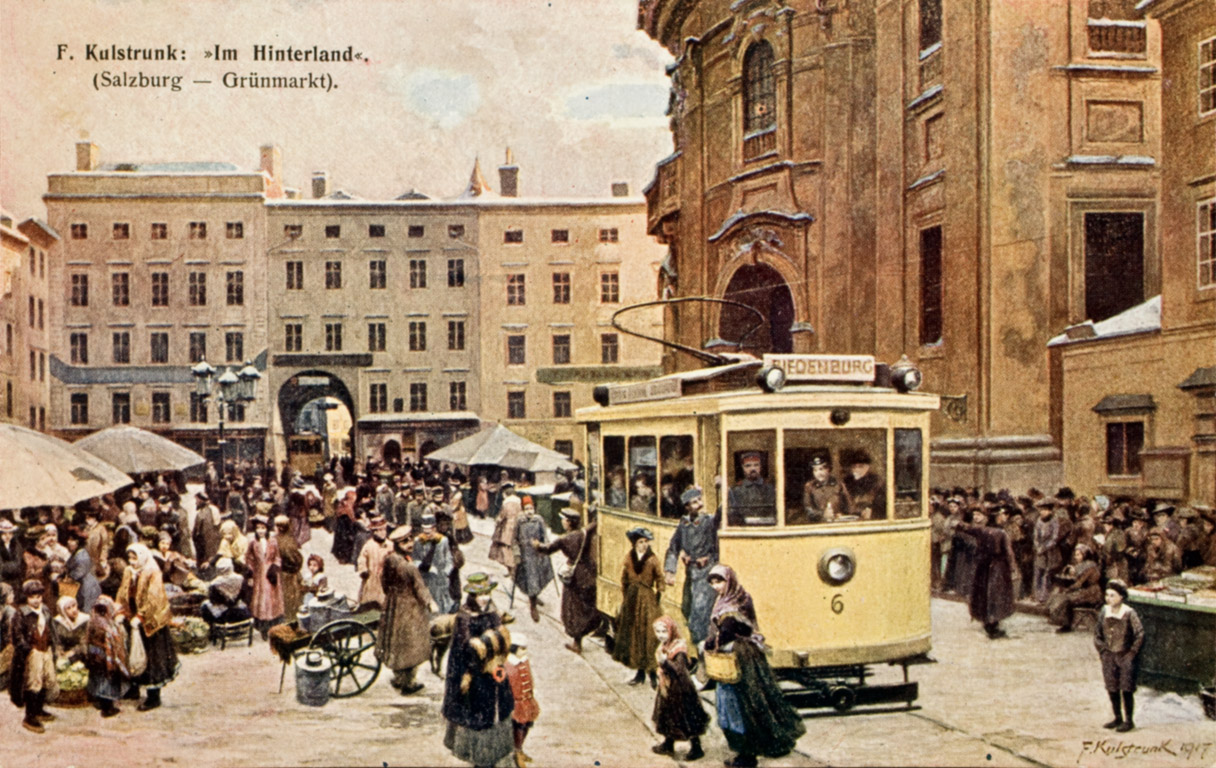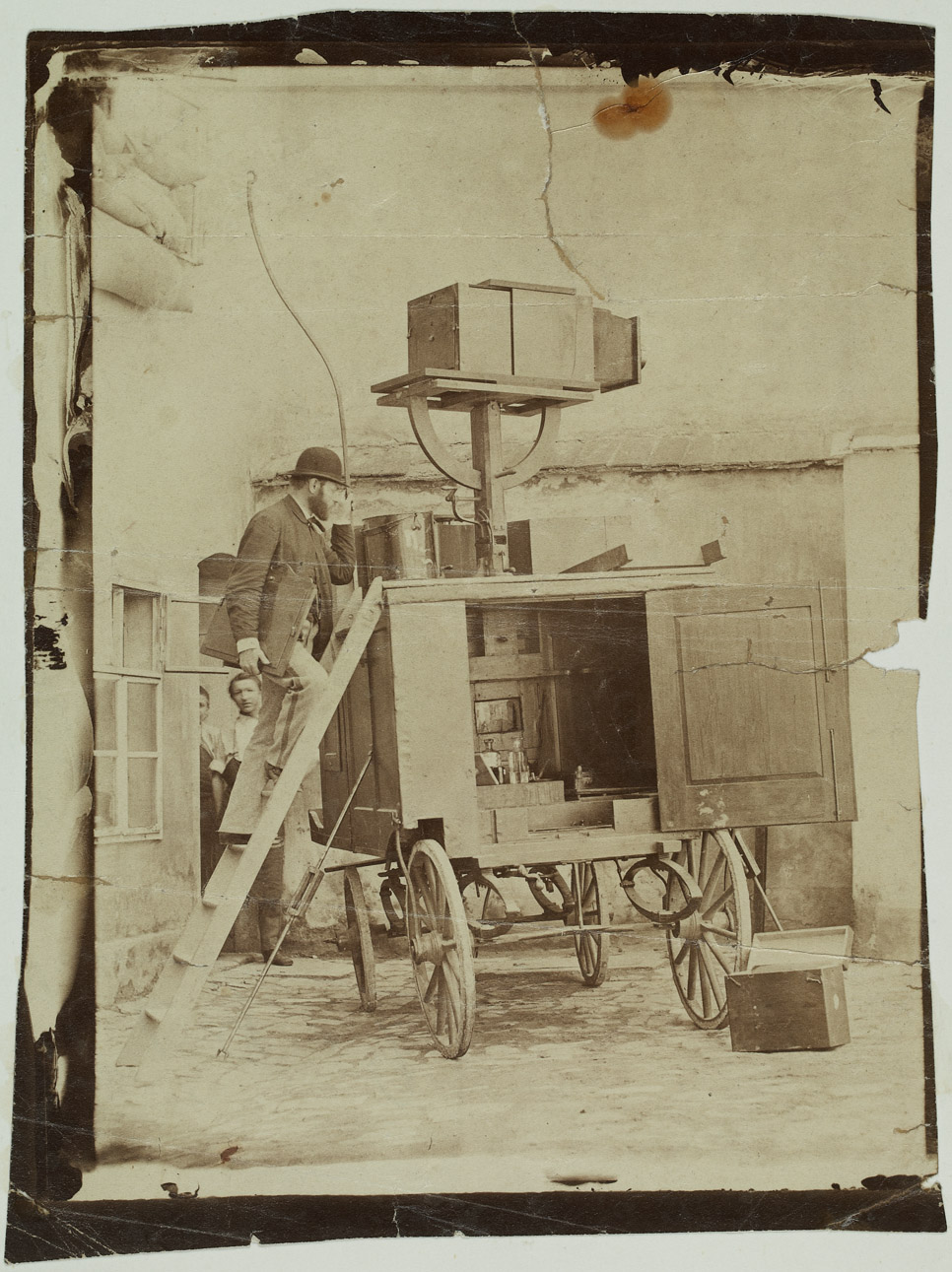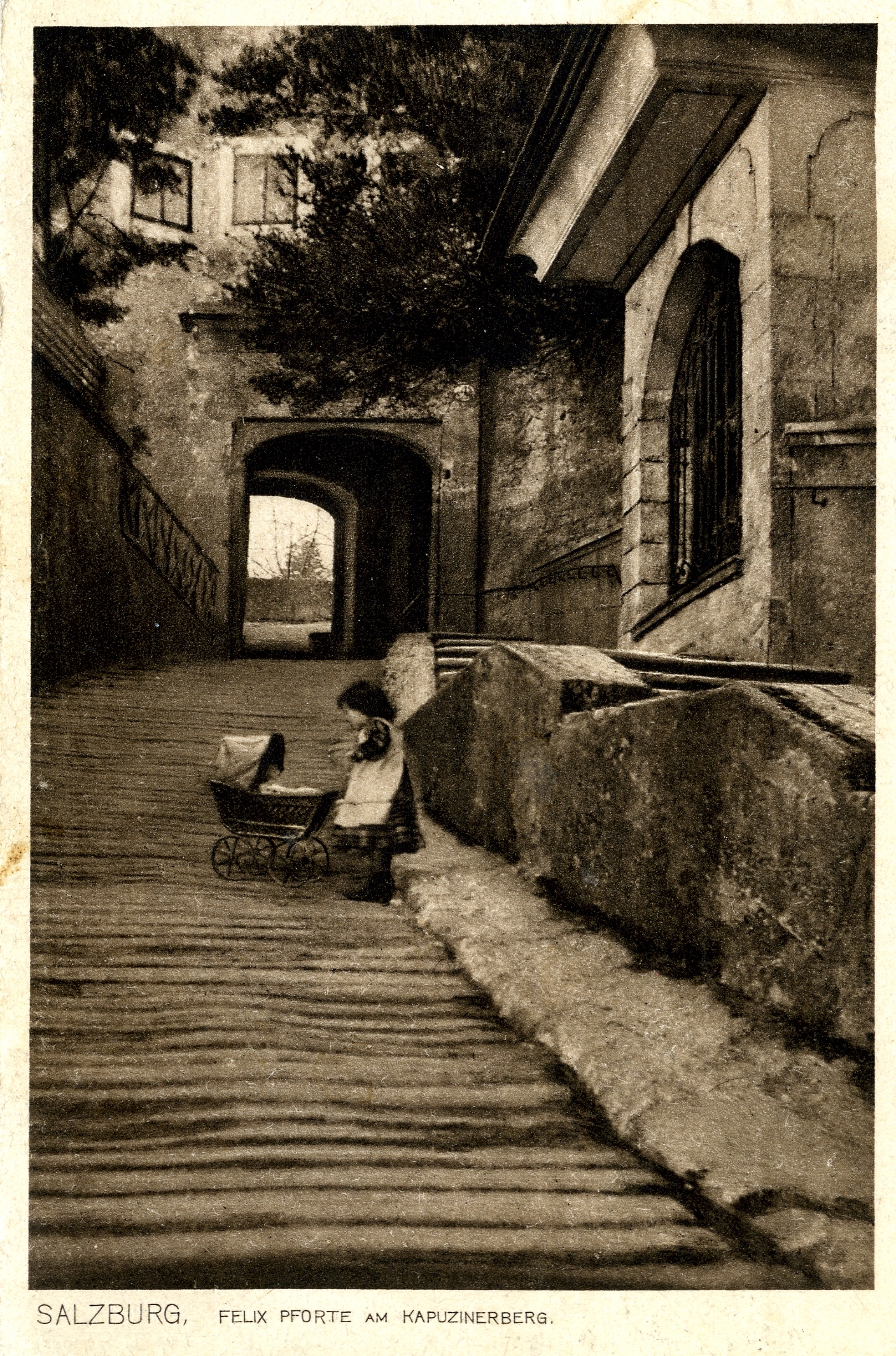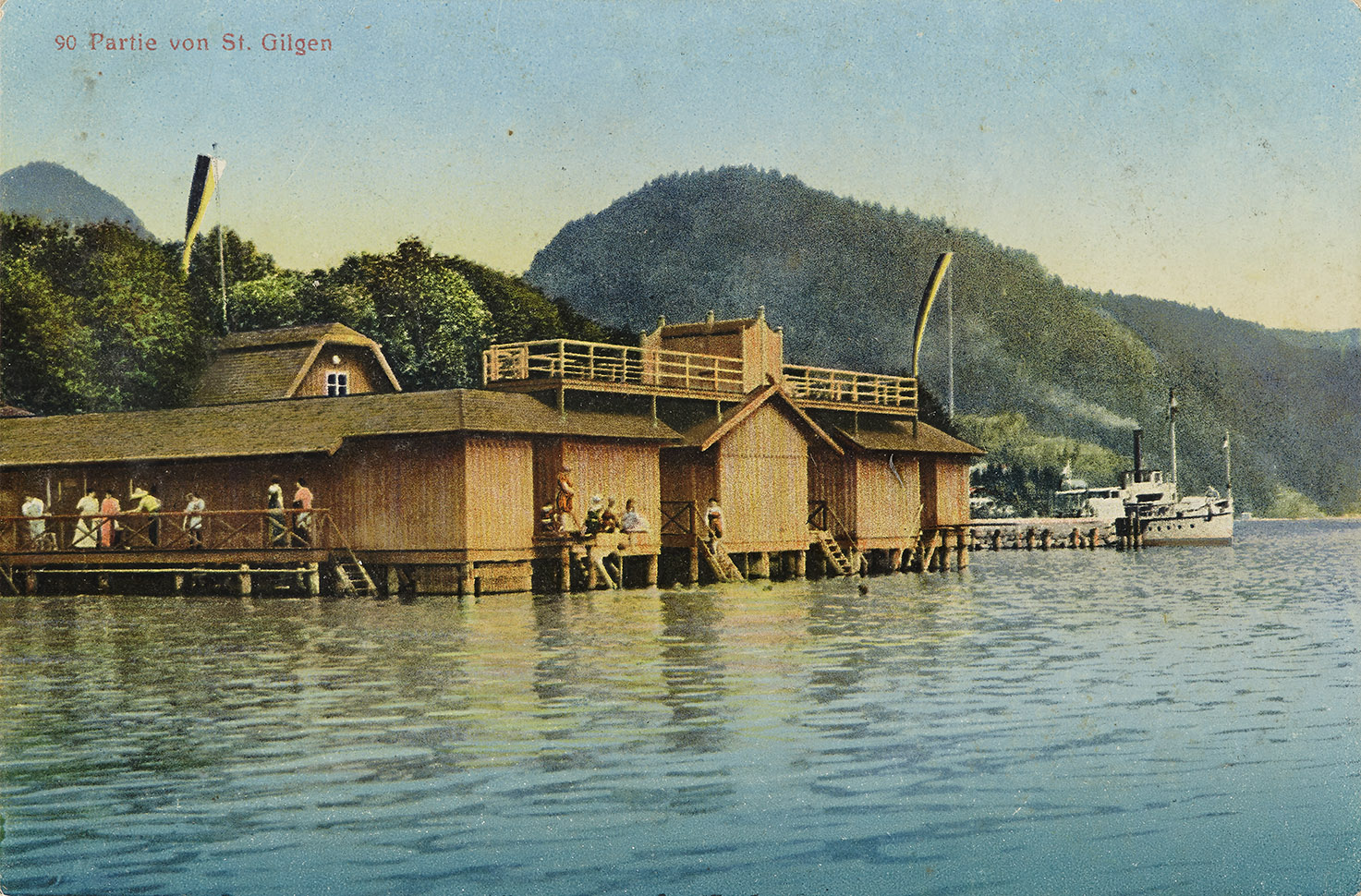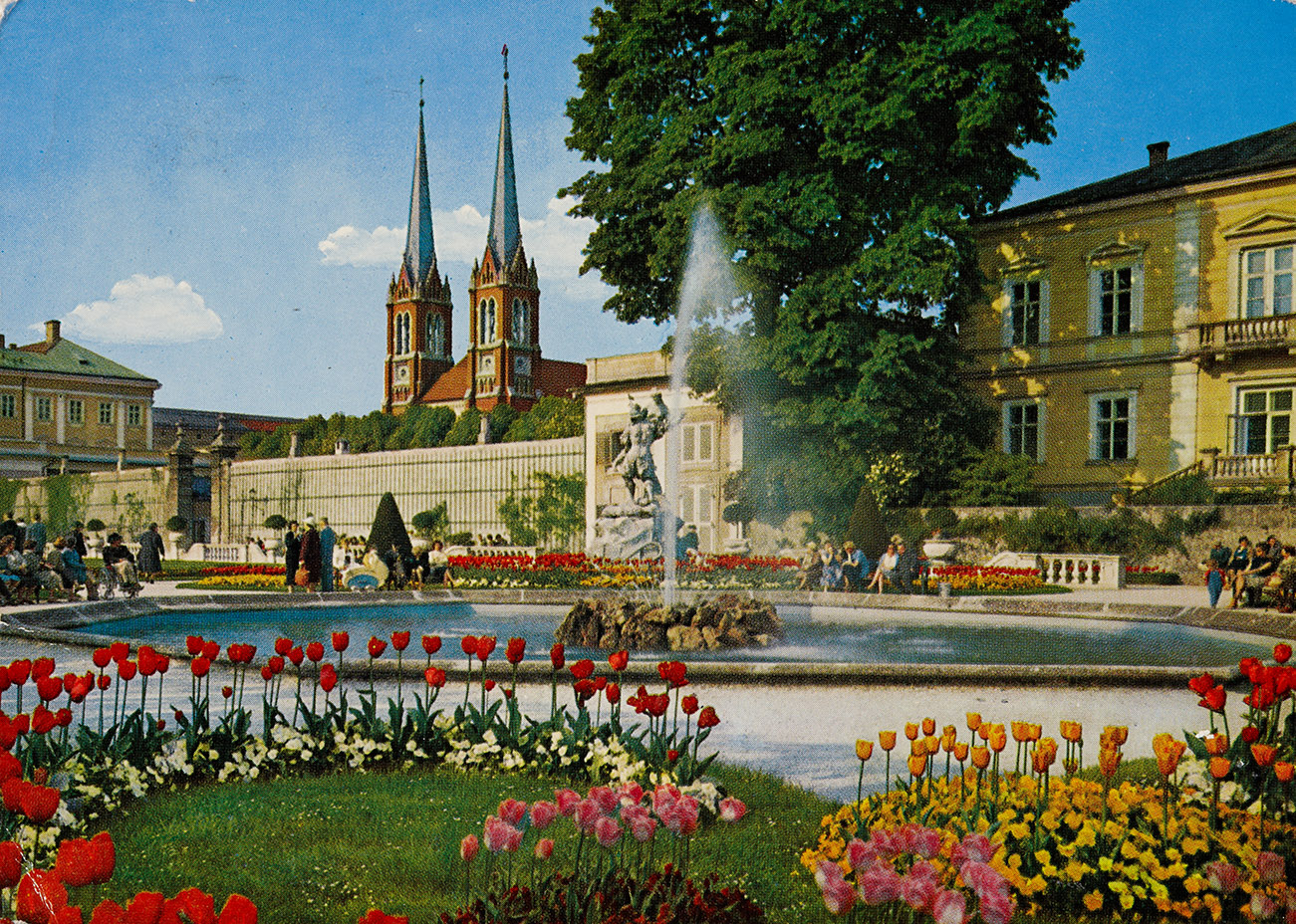STUDIENGEBÄUDE ALPENSTRASSE
Alpenstraße 75
5020 Salzburg
E Mag. Werner Friepesz
T +43-662-62 08 08-104
F +43-662-62 08 08-720
Photography
History
The still young medium of photography enjoyed a high status only a few years after the founding of the Salzburg Museum, then still called Städtisches Museum – Municipal Museum. This is seen in the very early mentions in the annual reports of acquired photographs. An example of this is the portrait of Johann Panzl, which came into the museum as early as 1853 through the agency of the painter Georg Pezolt.
Collection range
The earliest pictures in the Photography Collection are daguerreotypes dated around 1840. They are primarily portraits of affluent citizens, such as Therese Roll, mother of the well-known Salzburg numismatist Karl Roll. However, the collection’s strength lies in the second half of the nineteenth century and in the years before the First World War. Many of these works are by early Salzburg photographers, such as Baldi & Würthle, Eduard Bertel, Anton Lentsch or Franz Segl. Besides the aforementioned portraits, these photographers also produced topographic pictures of the city and region of Salzburg. Another major part of the collection consists of picture postcards. Here, Salzburg topography is supplemented with cards from the bequest of Berthe Maria Denk, widow of the opera singer Richard Mayr, furthermore through the card collection in ink of the painter and writer Ulf Seidl and through a collection of rotogravure picture cards produced by Max Swatschek, owner of the Mayrische Buchhandlung (booksellers) in Salzburg from 1901 to 1918. A not insignificant part of the collection consists in the glass-plate photographs, which came into the museum at the turn of the century. The bequest of Bruno Kerschner supplement the collection dedicated to the time between the wars. The collection directors have enlarged the photographic collection over the decades according to key focuses, so that is has become a general collection of topographical pictures.
New acquisitions
On the one hand, the museum aspires in its purchases of pictures to close existing gaps in the topographical genre and to provide a wider-ranging view of the activities of Salzburg photographers; on the other hand, the reception of suitable bequests enlarges the general range of the collection.
Transparency and function
On request, the Salzburg Museum makes its Photographic Collection available in Austria and abroad for research, exhibition, publications and even private use. Furthermore, the Photographic Collection benefits the other collections in the museum, whether for research or exhibition activities.




